UBC Takes Medical Education to New Places
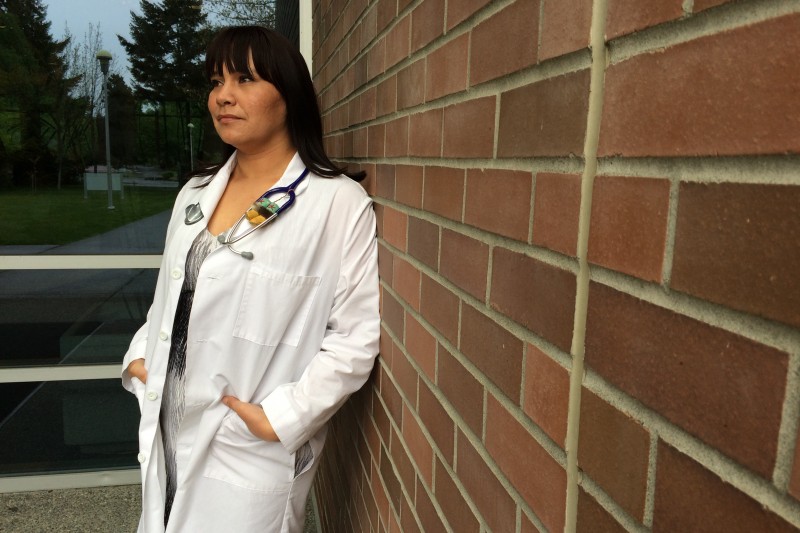
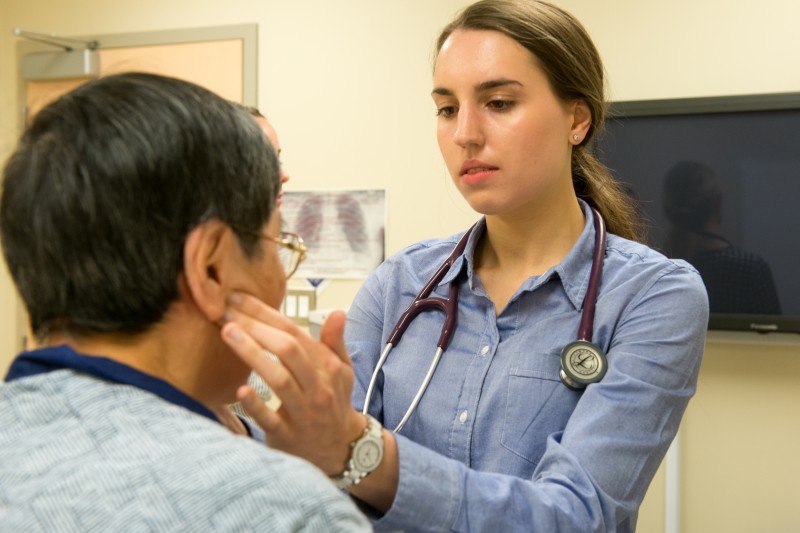
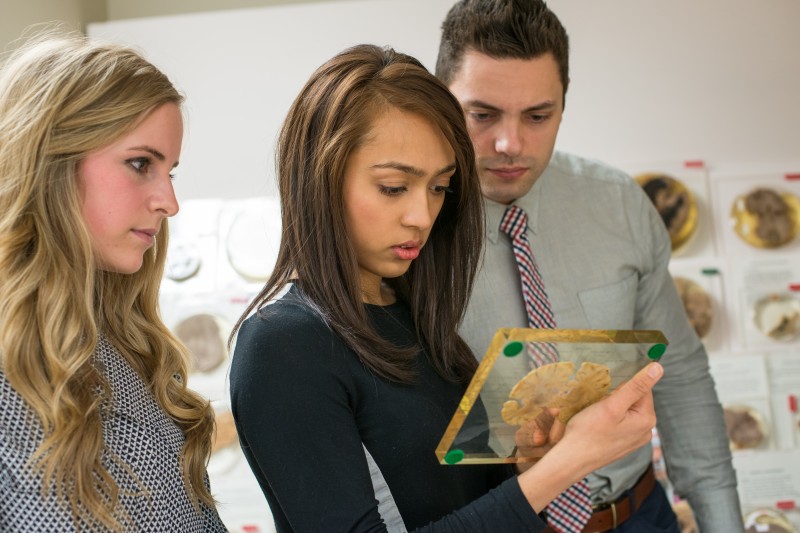
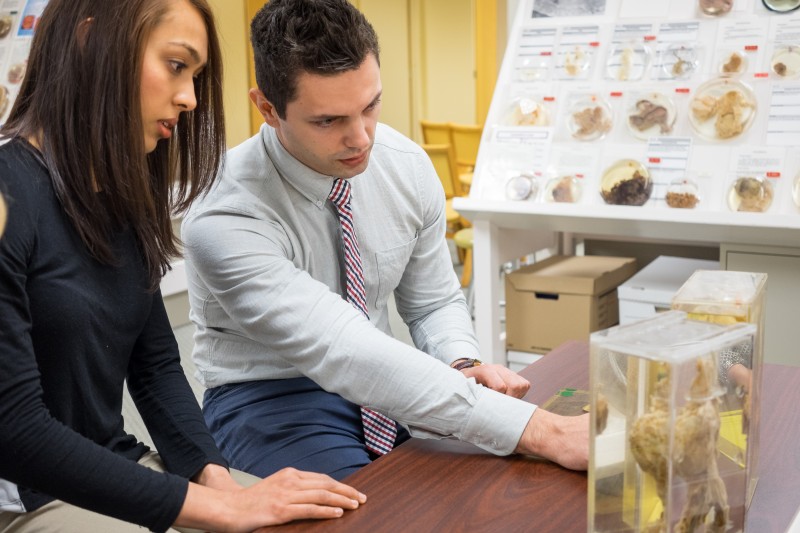
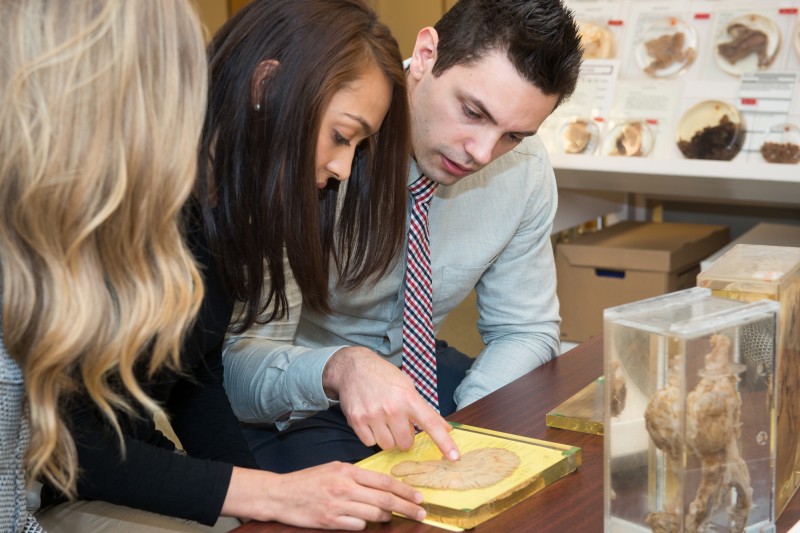
In 1950, the Faculty of Medicine at UBC opened its doors to its first 60 medical students. Today, our undergraduate medical program represents the third largest in Canada, with faculty and students engaged in research, education and service across B.C.
Yet the MD program has not always been a province-wide enterprise. Planning for a new model for B.C.’s undergraduate medical program began in response to a growing crisis in healthcare at the beginning of the new millennium.
In B.C.’s north, the sparse, yet essential network of hospitals and clinics throughout the region was confronting critical shortages of physicians and health professionals, resulting in emergency-room closures and limited services. In other regions of the province, the shortage was only expected to worsen in the years ahead, with many doctors across B.C. looking to retire within the decade.
It was clear that UBC would need to train more doctors and other medical professionals and encourage them to practice in places where they were needed most—rural and underserved communities.
Discussions got underway between UBC and our partners the University of Northern British Columbia, the University of Victoria, the provincial government and B.C.’s six health authorities. Out of these talks, a new idea emerged: collectively develop an ambitious plan for expanding and distributing medical education across the province.
The result: the establishment of UBC’s distributed MD program, an innovative approach to training physicians in communities outside the city centres, and so becoming Canada’s first model of distributed medical education.
For this model to work, the Faculty of Medicine recognized that it would not only need to train medical students in different regions of the province, it would also need to build a more diverse student base, one that was truly representative of the rich diversity of B.C.’s communities—particularly among Aboriginal and rural communities, areas from which medical-student candidates have been traditionally underrepresented.
Today the MD program —now spanning four geographically distinct sites: the Northern Medical Program at UNBC in Prince George, the Island Medical Program at the University of Victoria, the Southern Medical Program at UBCO in Kelowna and the Vancouver-Fraser Program at UBC in Vancouver—has transformed medical education in B.C., increasing the number of doctors and placing trainees in communities where physicians are needed most. Each year, the MD undergraduate program accepts 288 students, up from 128 in 2003, making it the third largest in Canada.
Eleven years into the distribution, and as a result of groundbreaking initiatives, such as the Healthcare Travelling Roadshow and the Faculty of Medicine’s Aboriginal MD Admissions and eMentoring program, UBC admits one of the most diversified medical classes in Canada.
In fact, UBC is training more Aboriginal physicians than ever before. This year, the Aboriginal MD Admissions program met its original goal of graduating 50 Aboriginal MDs by 2020 five years ahead of schedule. The program has also become a model for other Canadian faculties of medicine.
When it comes to attracting medical students from diverse regions of the province, the Faculty of Medicine is seeing a real mix. In a 2013 survey of students entering the MD program, 14 percent identified themselves as being from a rural or remote region. In the years ahead, early engagement with youth in rural and remote regions of B.C. will play an important role in helping to deepen and diversify the medical pool.
Although B.C. still faces doctor shortages, we’re not only beginning to witness an increase in the number of doctors and health professionals, we’re seeing the rich diversity of B.C.’s communities—especially Aboriginal and rural communities—being reflected in the larger medical community. There is still a long way to go but through new thinking on admissions and distributed education initiatives, UBC’s Faculty of Medicine is bridging boundaries and building hope for the future.